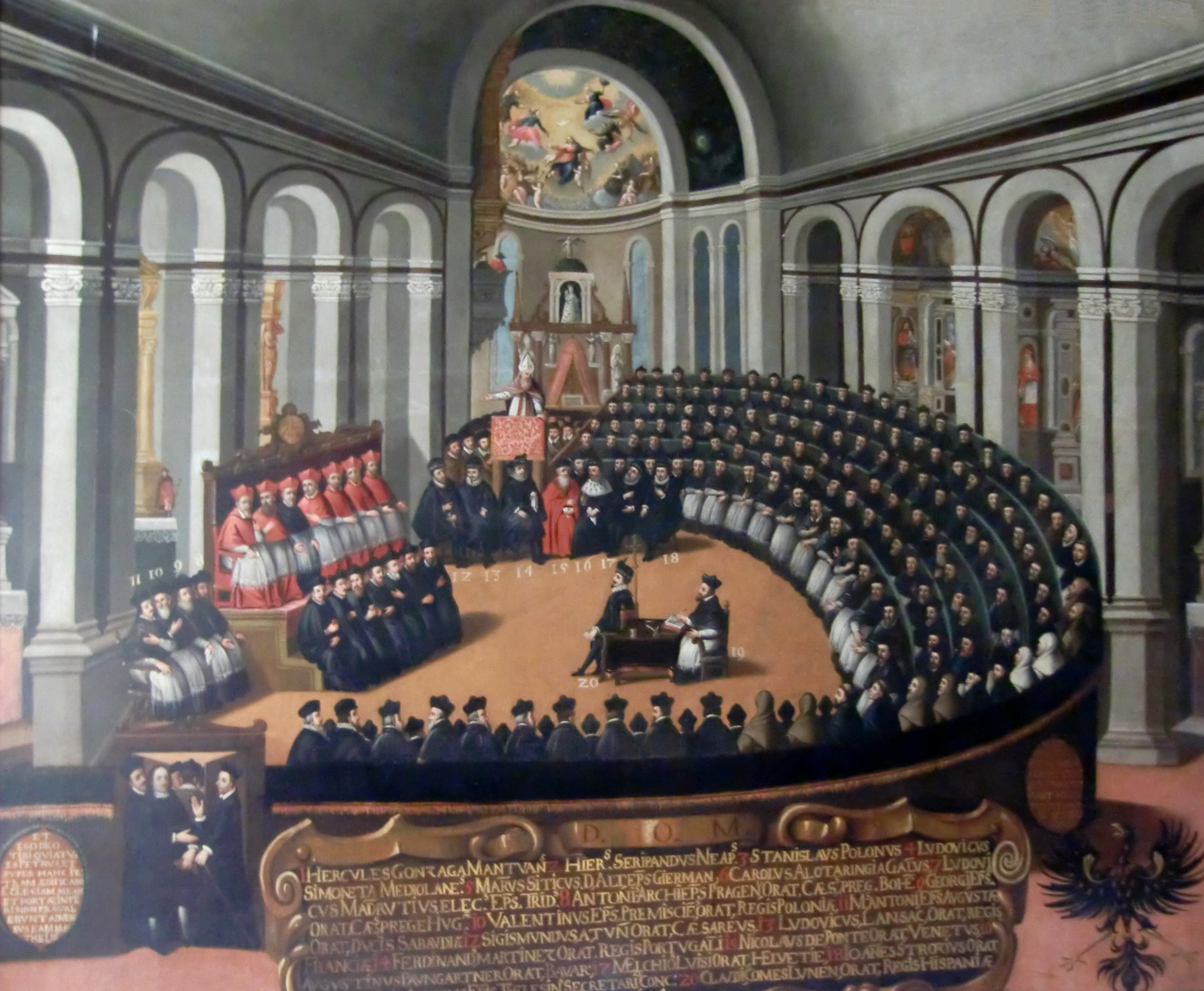The Council of Trent, convened between 1545 and 1563, was one of the Roman Catholic Church’s most significant ecumenical councils. Designed as a response to the Protestant Reformation, this council not only sought to address theological and ecclesiastical issues but also profoundly influenced the trajectory of art during the Counter-Reformation. The art that emerged from this period stands as a testament to the Catholic Church’s efforts to reaffirm its authority and propagate its teachings. Let’s delve into some of the remarkable artworks that bear the indelible imprint of the Council of Trent.
Emphasis on Religious Devotion
One of the primary objectives of the Council of Trent was to counteract the growing Protestant movement’s criticisms and reaffirm the Catholic Church’s doctrines. This emphasis on religious devotion permeated the art of the Counter-Reformation era. Artists began to craft works that elicited profound emotional responses, fostering intense piety and veneration among viewers.
Caravaggio and the Realism of Faith
Michelangelo Merisi da Caravaggio, renowned for his revolutionary approach to chiaroscuro and naturalism, crafted artworks that epitomized the Council of Trent’s directives. His religious paintings, such as “The Calling of Saint Matthew” and “The Conversion of Saint Paul,” radiate a palpable sense of realism and immediacy. Through masterful use of light and shadow, Caravaggio infused biblical narratives with tangible emotion, inviting viewers into intimate communion with divine narratives.
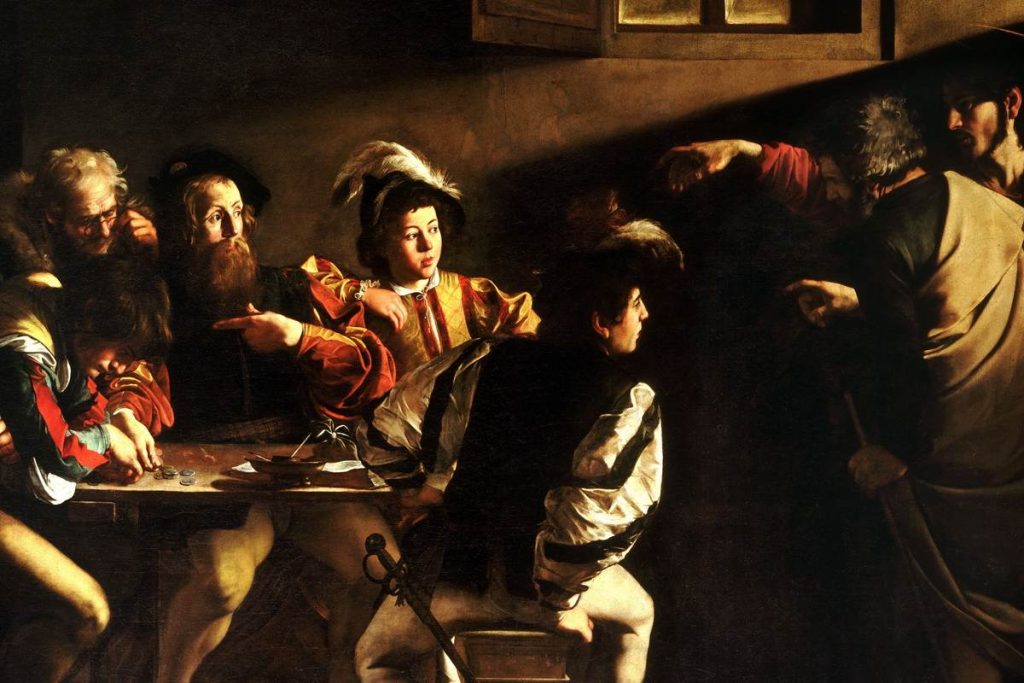
Altarpieces and Theatricality
The Council of Trent’s directives underscored the importance of clarifying religious narratives and promoting doctrinal orthodoxy. Altarpieces emerged as pivotal instruments in this endeavor. Artists like Peter Paul Rubens and Annibale Carracci crafted elaborate altarpieces that elucidated biblical narratives and celebrated the Church’s teachings. These artworks, characterized by their grandeur and theatricality, captivated congregations and reinforced the Catholic Church’s authority.
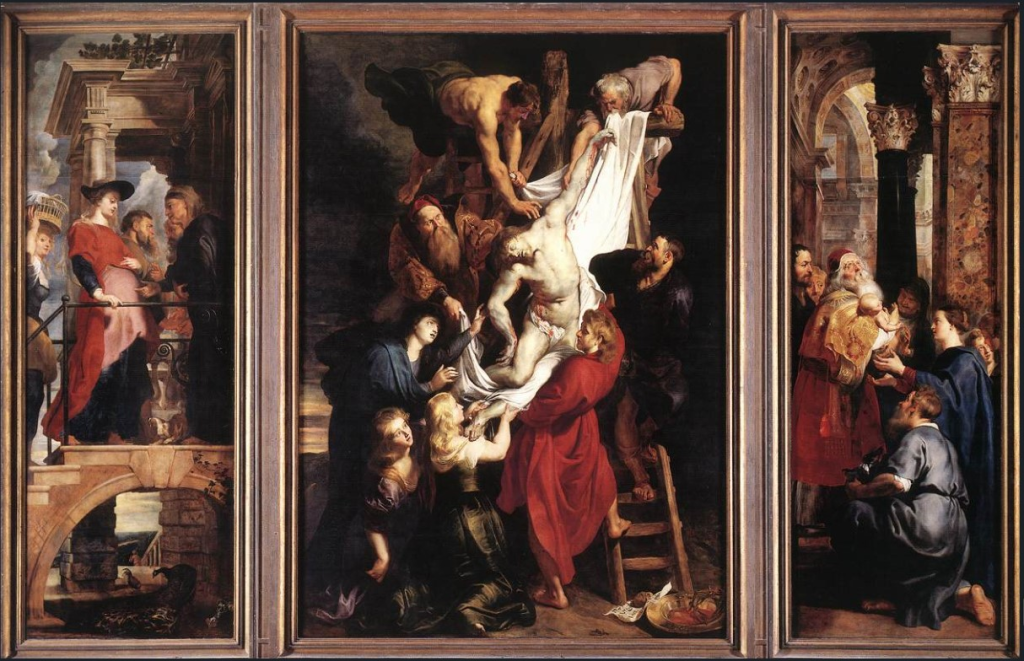
El Greco and Transcendent Vision
Domenikos Theotokopoulos, widely known as El Greco, infused his works with a distinct visionary quality that resonated deeply with the Council of Trent’s emphasis on spiritual devotion. His iconic paintings, such as “The Burial of the Count of Orgaz,” transcend conventional artistic boundaries, offering viewers ethereal glimpses into divine realms. Through elongated forms, vibrant hues, and celestial luminosity, El Greco’s oeuvre encapsulates the Counter-Reformation’s spiritual fervor and celestial aspirations.
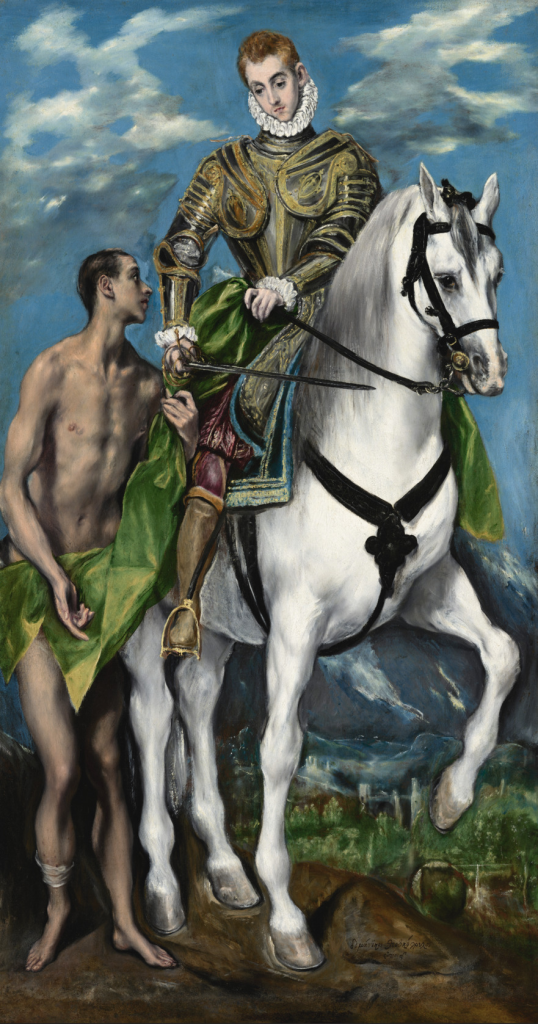
Sacred Spaces and Architectural Marvels
The Council of Trent’s directives extended beyond canvas and fresco; they profoundly influenced architectural endeavors. The construction and renovation of churches, cathedrals, and religious institutions became paramount, fostering sacred spaces conducive to worship and contemplation. Architectural marvels like St. Peter’s Basilica and the Church of the Gesù exemplify the Counter-Reformation’s architectural legacy, marrying grandeur with spiritual solemnity.
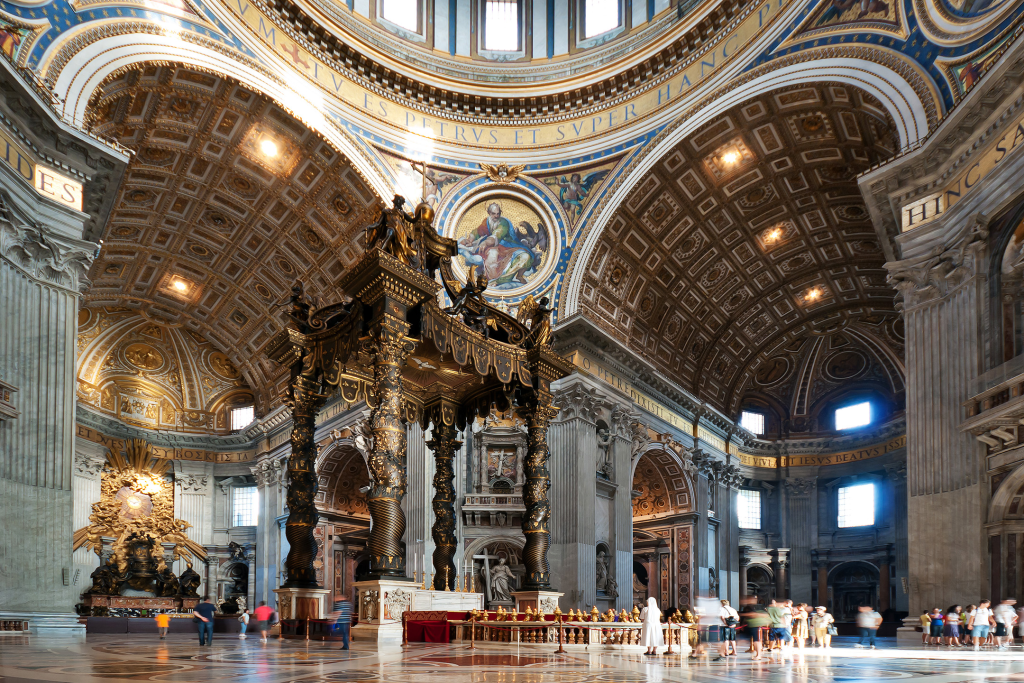
Conclusion: A Renaissance of Faith
The Council of Trent’s profound impact on art transcends mere aesthetic transformations; it encapsulates a renaissance of faith, devotion, and doctrinal clarity. Artists, architects, and patrons collaborated fervently, crafting masterpieces that resonate with spiritual profundity and artistic innovation. As we reflect upon the artworks birthed from this period, we bear witness to the enduring legacy of the Council of Trent, celebrating the Catholic Church’s resilience, creativity, and unwavering commitment to fostering divine communion through artistic expression.
Shayne Heffernan


